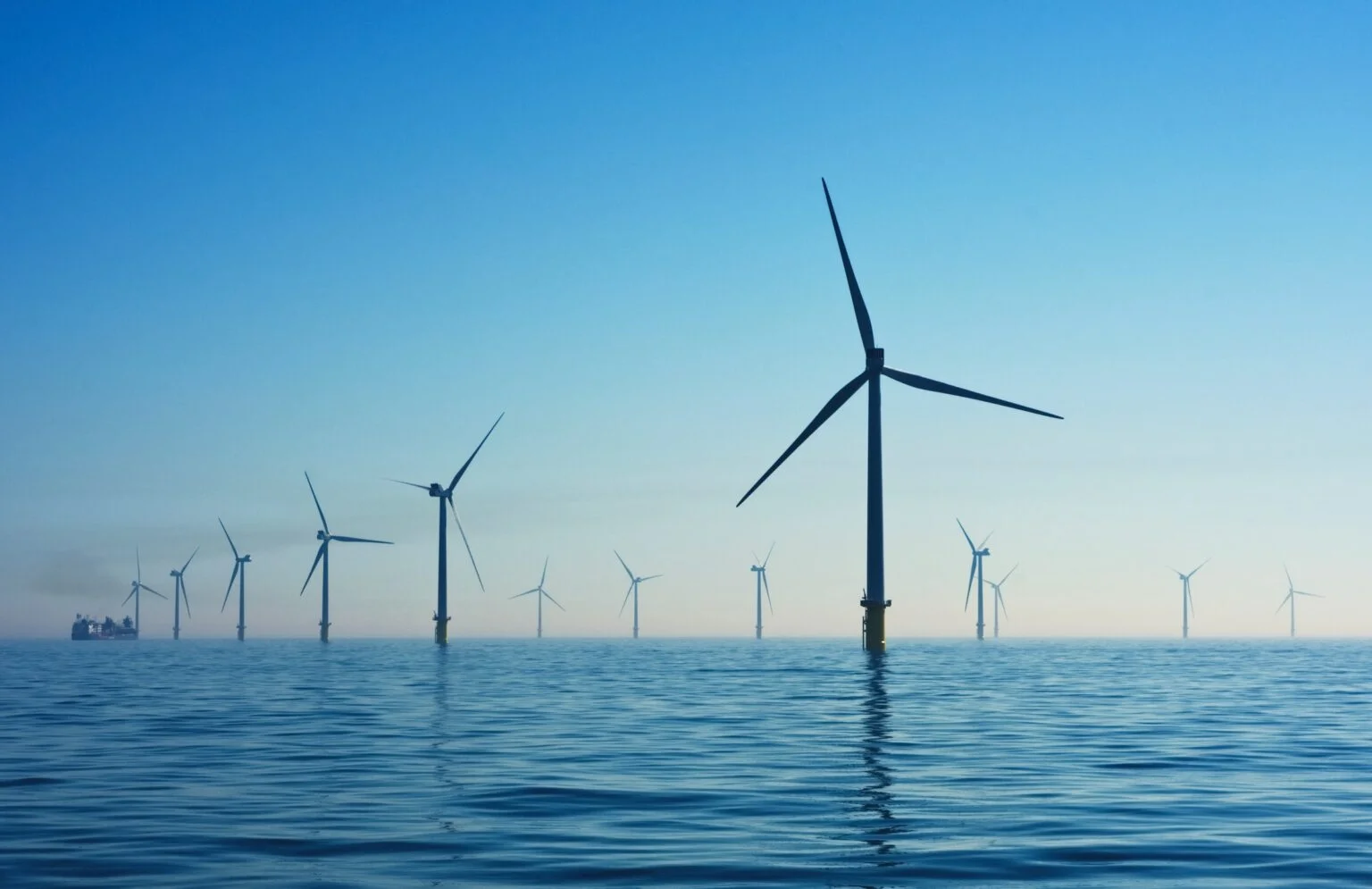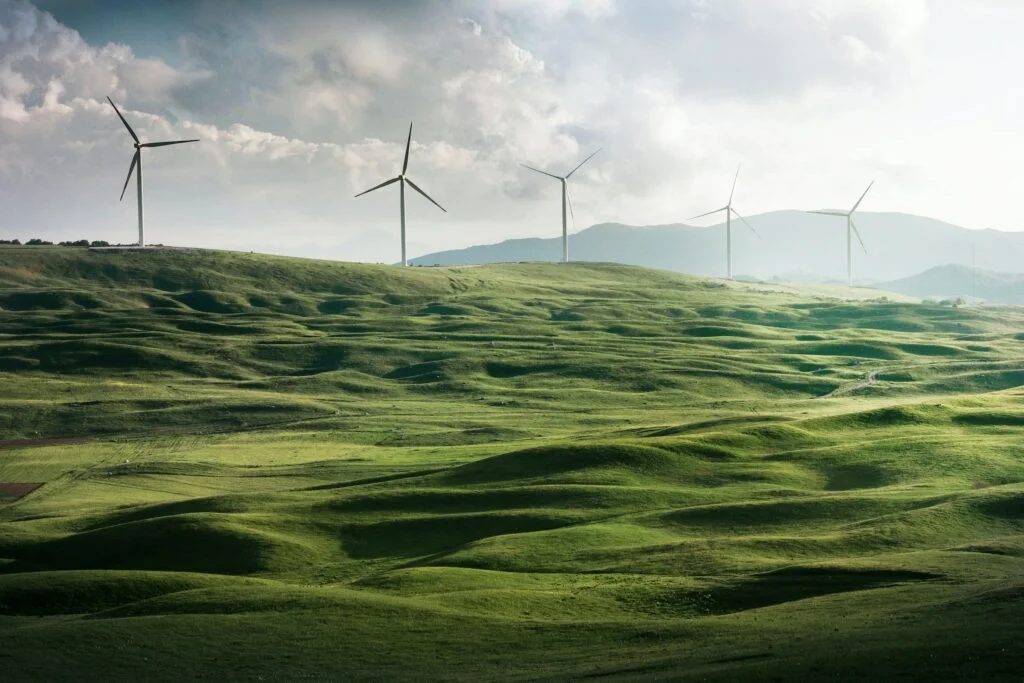How Wind Turbines Generate Electricity: Harnessing the Power of the Breeze

Wind turbines are like the superheroes of renewable energy, turning gusts of wind into electricity that powers our lives. But how do these modern marvels actually work? Let’s dive into the world of wind turbines and discover the secrets behind how wind turbines generate electricity.

How Wind Turbines Generate Electricity: The Aerodynamic Magic of Wind Turbines
Wind turbines work on a simple principle: instead of using electricity to make wind—like a fan—they use wind to make electricity. When wind flows across the blades of a turbine, the air pressure on one side of the blade decreases, creating both lift and drag.
The force of the lift is stronger than the drag, causing the rotor to spin. This spinning rotor is connected to a generator, which converts the kinetic energy into electricity. The aerodynamics of wind turbines is a critical aspect of their performance, as it determines the power output and loads generated by the wind.
The majority of wind turbines are horizontal-axis wind turbines (HAWTs), which are lift-based and highly efficient.
Size Matters: The Bigger, the Better
Wind turbine blades average 200 feet long, and turbine towers average over 300 feet tall—about the height of the Statue of Liberty. The average capacity of utility-scale wind turbines installed in 2021 was 3 megawatts (MW), up 9% from the previous year. Bigger turbines can capture more wind, generating more electricity.
In fact, the world’s largest wind turbine, the MySE 16-260, has a rotor diameter of 853 feet and a capacity of 16 MW, supplying clean energy for about 36,000 Chinese homes.
Wind Power in Action: Energizing the World
Wind energy provides more than 20% of total electricity generation in 11 states, with more than 50% in Iowa and South Dakota and more than 30% in Kansas, Oklahoma, and North Dakota. In 2022, wind electricity generation increased by a record 265 TWh (up 14%), reaching more than 2,100 TWh.
The United States wind power capacity was about 136,000 MW at the end of 2021, making it the largest renewable energy source in the country. As wind speeds increase, so does electricity production.
Frequently Asked Questions:
What is the lifespan of a wind turbine?
Wind turbines typically have a lifespan of 20 to 30 years.
Are wind turbines environmentally friendly?
Yes, wind turbines generate electricity without emitting greenhouse gases or other pollutants. Every study of the lifecycle of wind turbines finds that they produce more energy than it took to produce them.
What are the challenges to faster deployment of wind power plants?
Lengthy and complicated permitting processes are one of the main challenges to faster deployment of wind power plants in many parts of the world, especially in Europe. Establishing administrative “one-stop shops,” developing clear rules and pathways for developers applying for a construction permit, and public-sector engagement in the identification of land and sea sites for investment could significantly accelerate capacity growth.
In Conclusion
Wind turbines are an incredible example of human ingenuity, transforming the power of the wind into electricity that fuels our modern world. As we continue developing and deploying this clean, renewable energy source, we can look forward to a future where our energy needs are met harmoniously with the environment. So, the next time you feel a gust of wind, remember the mighty wind turbines harnessing that power to light up our lives.